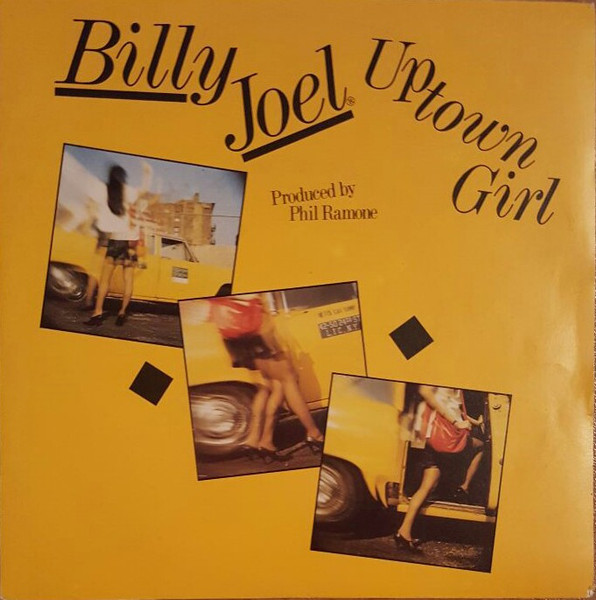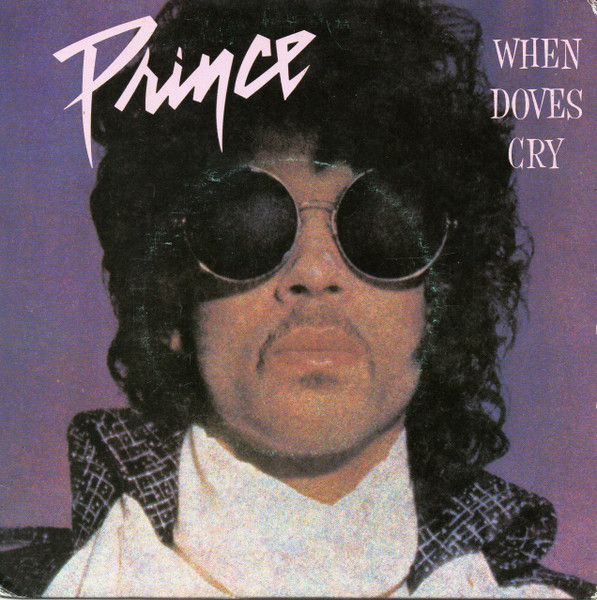 When one thinks of New York City, the image that often comes to mind is a bustling metropolis of bright lights, ambition, and endless possibility. Capturing that essence with unmatched elegance and charisma, Frank Sinatra released his iconic rendition of “New York, New York” in 1980, immediately cementing the song as both a tribute to the city and a symbol of Sinatra’s enduring legacy. Though originally composed by John Kander and Fred Ebb for the Martin Scorsese film New York, New York, Sinatra’s version transformed the tune from a cinematic number into a cultural anthem, intertwining the spirit of Manhattan with the voice of one of the 20th century’s most celebrated performers. With its sweeping orchestration, powerful phrasing, and timeless optimism, the song continues to evoke the excitement, challenges, and grandeur of life in the city that never sleeps.
When one thinks of New York City, the image that often comes to mind is a bustling metropolis of bright lights, ambition, and endless possibility. Capturing that essence with unmatched elegance and charisma, Frank Sinatra released his iconic rendition of “New York, New York” in 1980, immediately cementing the song as both a tribute to the city and a symbol of Sinatra’s enduring legacy. Though originally composed by John Kander and Fred Ebb for the Martin Scorsese film New York, New York, Sinatra’s version transformed the tune from a cinematic number into a cultural anthem, intertwining the spirit of Manhattan with the voice of one of the 20th century’s most celebrated performers. With its sweeping orchestration, powerful phrasing, and timeless optimism, the song continues to evoke the excitement, challenges, and grandeur of life in the city that never sleeps.
Sinatra’s interpretation captures the heart of New York City not just through lyrics, but through performance. From the iconic opening lines, his voice carries a sense of determination and aspiration, conveying the emotional highs and lows of pursuing dreams in a city defined by its energy and ambition. The song’s sweeping arrangement, punctuated by brass fanfares and elegant strings, mirrors the skyline and the pulse of the streets, creating a musical experience that feels cinematic, expansive, and alive. “New York, New York” is more than a song—it is an invitation to embrace opportunity, face challenges head-on, and celebrate the vibrancy of urban life.
The Genesis of an Anthem
Originally written by John Kander and Fred Ebb for the 1977 Scorsese film New York, New York, the song was performed in the movie by Liza Minnelli. While her rendition was celebrated for its theatricality, it was Frank Sinatra’s 1980 version that propelled the song to iconic status. Sinatra recognized the song’s potential as a celebration of ambition, hope, and the indomitable spirit of New Yorkers, transforming it into a piece that transcended its cinematic origins.
The decision to record “New York, New York” came at a point when Sinatra was reaffirming his status as a preeminent interpreter of the American songbook. By selecting a song that aligned perfectly with his persona—the confident, world-weary yet aspirational figure—Sinatra ensured that his rendition would carry both emotional resonance and cultural relevance. His performance balances bravado with sincerity, turning the song into a personal declaration and a shared experience for listeners everywhere.
Lyrics and Narrative
The lyrics of “New York, New York” embody aspiration, challenge, and the thrill of possibility. Lines such as:
“Start spreading the news, I’m leaving today / I want to be a part of it, New York, New York”
capture the sense of embarking on a journey filled with both uncertainty and hope. Sinatra’s delivery imbues these words with confidence and warmth, reflecting the universal desire to succeed and belong in a place defined by ambition.
The song continues to explore themes of resilience and determination, with lyrics like:
“If I can make it there, I’ll make it anywhere”
becoming anthemic mantras for dreamers everywhere. The combination of personal narrative and broad applicability allows the song to resonate not only with those familiar with New York City but with anyone striving to achieve their own ambitions. Sinatra’s phrasing and timing emphasize these themes, lending gravitas to each line while maintaining the song’s uplifting energy.
Musical Composition and Style
Musically, Sinatra’s “New York, New York” is an exemplar of big-band orchestration and classic pop sophistication. The arrangement, rich with brass, strings, and percussion, creates a sense of grandeur that mirrors the scale and energy of New York City itself. The song’s tempo shifts subtly throughout, allowing Sinatra to build tension, highlight lyrical moments, and deliver climactic phrases with dramatic impact.
Sinatra’s vocal technique is central to the song’s enduring appeal. His phrasing, characterized by precise timing, dynamic control, and emotional nuance, transforms the lyrics into a narrative that feels immediate and personal. He moves effortlessly between moments of quiet reflection and bold declarations, capturing the duality of hope and challenge that defines life in a city like New York. The song’s structure—beginning with a declarative introduction, building through a soaring middle section, and culminating in a triumphant finale—mirrors the journey of ambition itself: tentative beginnings, sustained effort, and eventual achievement.
Cultural Significance
Since Sinatra’s recording, “New York, New York” has become inseparable from the city it celebrates. It is played at sporting events, public celebrations, and civic gatherings, evoking pride, nostalgia, and shared identity. The song has become a shorthand for the New York experience, capturing the vibrancy, energy, and challenges of urban life while maintaining universal appeal.
Moreover, the song functions as both celebration and aspiration. Its enduring popularity reflects the human desire to achieve greatness, overcome obstacles, and embrace opportunity—a sentiment that resonates across generations. By embodying these ideals, Sinatra’s rendition has become a cultural touchstone, bridging music, civic identity, and emotional resonance.
Sinatra’s Interpretation: Bravado and Sincerity
What distinguishes Sinatra’s version from the original film rendition is his unique interpretive approach. Whereas Liza Minnelli’s performance emphasized theatricality, Sinatra imbues the song with lived experience and a sense of authenticity. His phrasing, tone, and timing suggest both confidence and vulnerability, allowing listeners to connect with the music on a personal level.
The balance between bravado and sincerity is key to the song’s impact. Sinatra projects the confidence of someone determined to succeed while simultaneously acknowledging the challenges inherent in ambition. This duality mirrors the New York ethos itself—a city of dreams, risk, and reward—and contributes to the song’s lasting resonance.
Reception and Legacy
Upon its release, Sinatra’s version of “New York, New York” received immediate acclaim for its vocal brilliance, interpretive depth, and cultural relevance. Critics praised the arrangement, Sinatra’s performance, and the song’s ability to capture the spirit of a city while remaining universally relatable. Over the decades, it has remained a staple in popular culture, frequently covered, sampled, and performed by artists across genres.
The song’s association with New York City has only grown over time. It is commonly played at events ranging from New Year’s Eve celebrations in Times Square to Yankee Stadium games, reinforcing its status as an unofficial anthem. Its presence in media, television, and film further cements its cultural significance, ensuring that Sinatra’s rendition remains the definitive version for audiences worldwide.
Musical Craft and Technical Excellence
From a technical perspective, Sinatra’s performance exemplifies the art of interpretation. His control over dynamics, timing, and phrasing allows him to navigate the song’s dramatic shifts effortlessly, ensuring that each lyrical phrase carries emotional weight. The orchestral arrangement complements his vocals without overwhelming them, providing both support and counterpoint that enhances the song’s narrative arc.
The interplay between voice and orchestra is particularly notable in the climactic moments, where brass fanfares, sweeping strings, and percussive accents converge to create a sense of triumph. This careful balance of elements demonstrates both musical sophistication and intuitive understanding of how to convey narrative through sound.
Influence on Music and Popular Culture
“New York, New York” has influenced generations of musicians, performers, and cultural commentators. Its blend of lyrical optimism, musical sophistication, and performative charisma serves as a benchmark for artists seeking to craft songs that are both iconic and emotionally resonant. The song’s presence in sports, civic ceremonies, and public celebrations underscores its role as a unifying cultural touchstone.
Additionally, the track has inspired countless reinterpretations, from jazz and big band covers to contemporary pop renditions, each attempting to capture Sinatra’s balance of energy, elegance, and emotional resonance. Its enduring relevance reflects the universality of its themes and the timeless appeal of Sinatra’s artistry.
Conclusion: A Song for the Ages
Released in 1980, Frank Sinatra’s rendition of “New York, New York” remains one of the most iconic and beloved songs in American music history. Its sweeping orchestration, evocative lyrics, and Sinatra’s masterful vocal interpretation create a powerful celebration of ambition, resilience, and the enduring allure of New York City. The song transcends its cinematic origins, becoming a cultural anthem that captures the energy, aspiration, and complexity of urban life.
Sinatra’s performance embodies both confidence and vulnerability, making the song relatable and emotionally compelling for listeners across generations. Its technical brilliance, interpretive depth, and universal themes ensure its continued relevance, securing its place in the pantheon of American musical excellence. “New York, New York” is more than a song; it is an enduring testament to the spirit of a city, the artistry of a performer, and the timeless power of music to inspire, unite, and elevate the human experience.
Whether heard in Times Square, on a vintage record, or in the countless media that have celebrated its charm, Sinatra’s “New York, New York” continues to remind us of the city’s infinite possibilities, the thrill of ambition, and the magic that happens when talent meets heart. It is, in every sense, a song for the ages.


